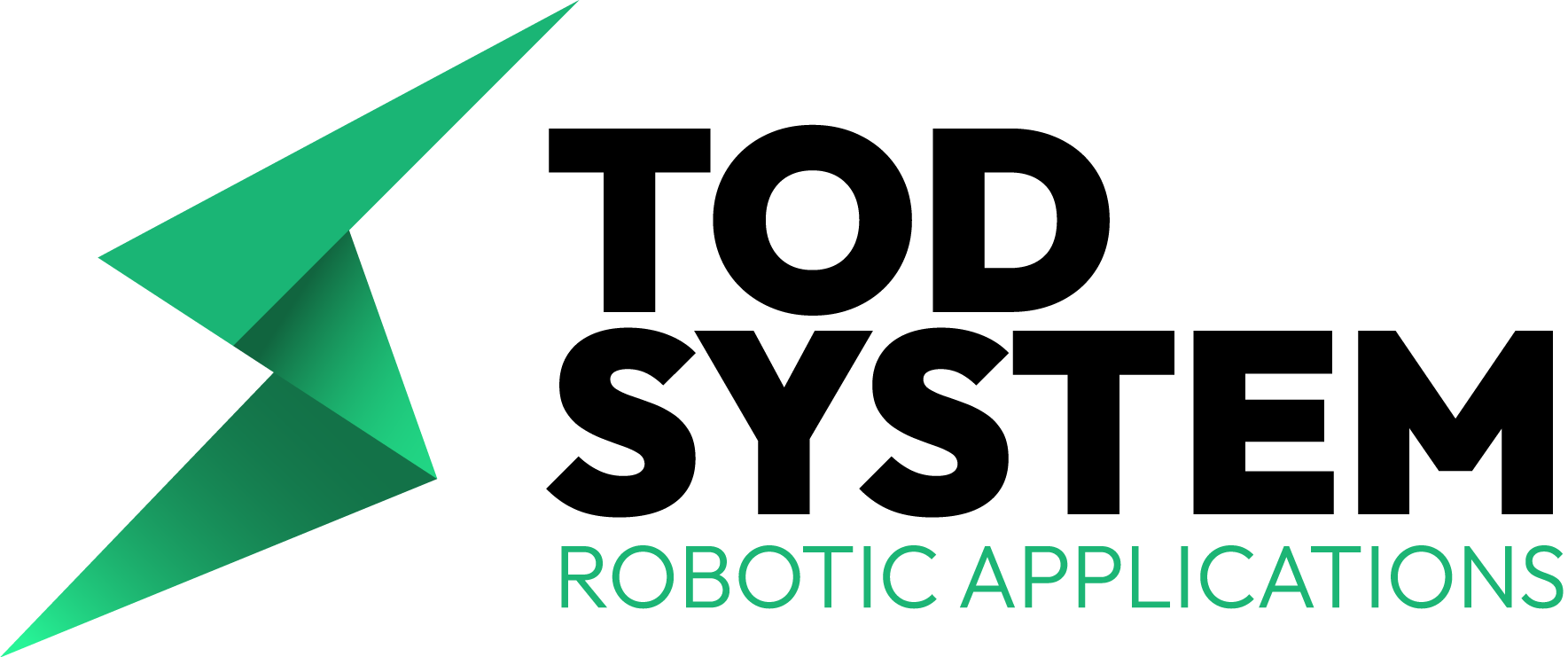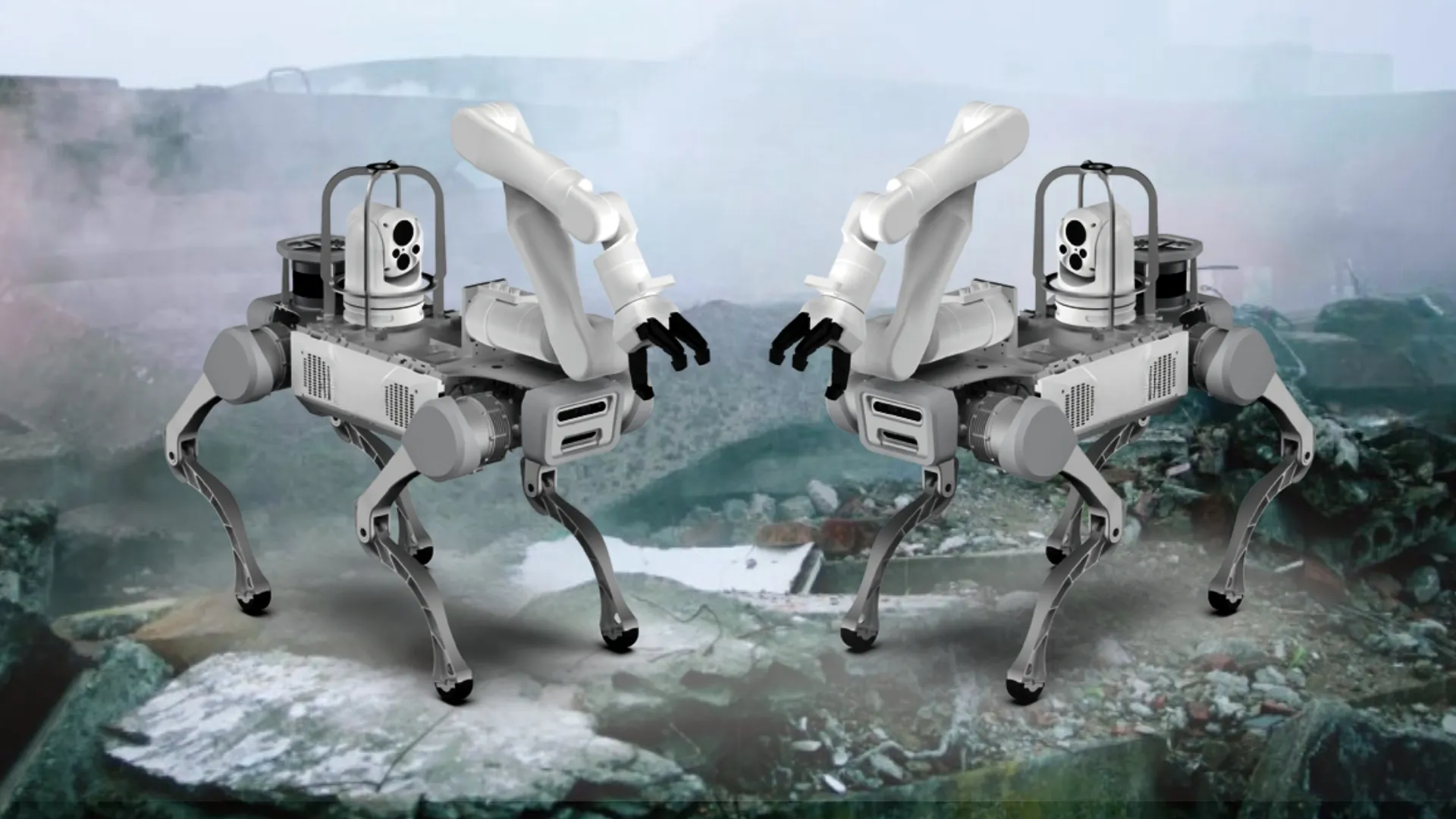Indice dei contenuti
ToggleThere Robotic Vision (robotic vision) is a field of research and application that deals with the use of artificial vision systems within robots, with the aim of providing machines with the ability to acquire visual information from the surrounding environment, interpret it and use it to make decisions and carry out actions.
When we talk about Computer Vision (artificial or computer vision), however, we refer to a broader field that deals with developing algorithms and techniques to allow computers to understand and interpret images or videos.
We can therefore, without hesitation, affirm that Robotic Vision can be understood as one subdiscipline of Computer Vision, which focuses on the use of artificial vision systems applied to robots, to allow them to interact with the surrounding environment in a more autonomous and effective way.
The main difference between Robotic Vision and Computer Vision, in fact, lies in thepractical application:
- On the one hand, Computer Vision is mainly concerned with the processing of images or videos on computing devices for purposes such as facial recognition, video surveillance, medical image processing, visual data analysis and much more;
- On the other hand, Robotic Vision uses Computer Vision techniques and algorithms to allow robots to "see" the surrounding world and make decisions based on the acquired visual information.
Everything behind these revolutionary technologies therefore revolves around the development of algorithms and techniques that allow machines to extract significant information from visual data.
We are talking about Artificial Intelligence applied to vision systems for image recognition, object detection, scene understanding, and even depth perception.
Drawing on the magic of advanced image processing,machine learning he was born in deep learning, computer vision systems can analyze and interpret visual content, giving robots a comprehensive understanding of the world around them.
All elements that truly enable new generation robots to the paradigm ofIndustry 5.0 which wants them alongside human beings as autonomous collaborators capable of supporting them in the heaviest and most repetitive tasks.
When Computer Vision becomes Robotic Vision
Computer vision plays a critical role in enabling robots to perceive the environment and interact with it intelligently and autonomously.
Precisely for this reason, the application of Computer Vision to robotics marks the point of transition to the sub-branch of Robotic Vision which, specialized in giving exceptional capabilities to robotic machines, extends its range to multiple applications.
Too many to be listed in detail and, above all, constantly evolving and increasing. So we will list below just some of the most interesting ones at the moment:
Autonomous Mobile Robot
They are machines that rely on computer vision to navigate themselves in difficult environments. By analyzing what their cameras and depth sensors capture, these robots can detect obstacles, map their surroundings, and plan the best routes for smooth movement. Computer vision allows them to perceive and interpret their surroundings in real time, ensuring safe and efficient navigation.
Robotic arms and manipulation
We are talking about robotic arms, equipped with artificial vision, capable of carrying out intricate manipulation tasks. Using visual feedback, in fact, they can identify objects, grasp them precisely and manipulate them based on what they are programmed to do at that moment. Computer vision helps them adapt their actions based on what they “see,” making them versatile in managing all types of tasks.
Humanoid robots
Computer vision plays a crucial role in giving humanoid robots human-like perception capabilities. These robots can use computer vision to recognize and track human faces, interpret facial expressions, and even engage in social interactions. By understanding visual signals, humanoid robots can communicate and collaborate effectively with us humans, integrating seamlessly into various social contexts.
Advantages of Robotic Vision
We have understood that Computer Vision "enables", in a certain sense, robots to a unprecedented level of collaboration with humans. This is because its application, contained in the more sectoral context of Robotic Vision, means that robotic machines can obtain a long series of operational advantages.
Again, the list would be long and detailed, so we want to summarize and focus on it 3 peculiar advantages that robotic solutions achieve through the implementation of Robotic Vision:
Environmental perception
Robotic Vision provides robots with the ability to understand and perceive the environment in which they are placed. In fact, by analyzing visual data, robots can detect objects, identify landmarks and map the surrounding environment. This mode of perception allows them to be able to navigate even difficult terrain, avoiding obstacles and making decisions on actions to take based on what they see.
Object recognition and tracking
With computer vision, robots can effectively recognize and track objects. This is thanks to ingenious machine learning algorithms, which allow robots to identify specific objects, classify them and track their movements. A feature like this is extremely useful not only for object manipulation, but also in fields such as surveillance, logistics and anywhere accurate object recognition and tracking is critical.
Human-robot interaction
Now, here's where it gets really interesting. Computer vision allows robots to interact with humans in a visually informed way. They can understand our gestures, facial expressions and body language, allowing them to interpret and respond to human signals. This is particularly relevant in industries such as healthcare, customer service and social robotics. Let's talk about perfect human-robot collaboration!
The Robotic Vision of todrobot TR1
As computer vision algorithms get smarter and robots become more powerful, we can expect great things.
In TOD SystemHowever, we prefer not to wait. This is why our Research and Development team works hard to develop and patent innovative solutions.
todrobot TR1 it is one of the fruits of this commitment.
We are talking about a solution designed to provide answers to every operational need, a mobile collaborative robot which consolidates as indispensable partner to free human employees from repetitive, heavy, dangerous or requiring higher execution precision.
At the basis of our project is the intention to provide a unique tool capable of fulfilling many functions, in full respect of human work and the principles ofIndustry 5.0.
In TOD SystemTherefore, we have developed a solution completely autonomous and customizable, small in size and easy to reprogram and position even in small company spaces.
Thanks to Robotic Vision that our Research and Development department studied and created for the TR1 project, our mobile collaborative robot is able to identify and distinguish the packages and objects with which it will have to interact. A system of Vision Detection which, therefore, guarantees perfect execution of goods handling operations.








